Fire safety, smoke control and compliance – charting a path through the regulations
The legislative environment governing the smoke control and fire safety industry is, unsurprisingly, complex, far-reaching and absolutely vital to ensure that these systems not only operate faultlessly when they’re needed, but also provide effective safety protection and allow people to escape.
Even so, you would probably be surprised by the number of construction companies that contact us after they have completed a block of apartments and find that Building Control has rejected the structure due to the omission of a smoke ventilation system, which is required by law for any residential building of 3 storeys and above.
Clearly, there’s no suggestion that designers, specifiers and building companies are brazenly flouting the regulations, but it is apparent that the main issue is ignorance of the complex and essential regulatory framework that governs this sector. But, as is often quoted, “Ignorance is no defence.”
Navigating the maze
Building Regulations Approved Document B, The Machinery Directive and The Construction Product Regulations, via the various parts of the European EN12101 standard, provide a tight and far-reaching regulatory framework. Yet, this is only part of the story.
The Smoke Control Association’s (SCA) ‘Guidance on Smoke Control to common escape routes in apartment buildings’ quickly became the default reference document for many designers, installers and approving authorities throughout the UK, when first published in 2012 and has since been updated with even more key information.
Alongside this, BS 9991:2015, which covers ‘Fire safety in the design, management and use of residential buildings – code of practice’ is also a vital reference when addressing fire safety specification and requirements.
However, if your seeking a signpost to provide an effective route to achieving compliance, then, arguably, the best start point is the BS7346 – Part 8 Code of Practice. Prior to this, no single document existed that provided guidance for the industry from initial design, through installation to maintenance.
The core benefit of BS7346-8 is that by adhering to its guidelines; designers, installers, commissioning engineers and maintenance teams can create, install and operate a fully compliant smoke control system.
Clearly, providing any definitive guidance in the space available is impossible, but as the penalties for non-compliance are punitive and can involve imprisonment, it is always advisable to seek professional specialised input from organisations such as SE Controls, that work with the regulations on a daily basis.
The main things to remember is that you have obligations for safety, design and construction, which cannot be avoided.
For more information please visit www.secontrols.com.





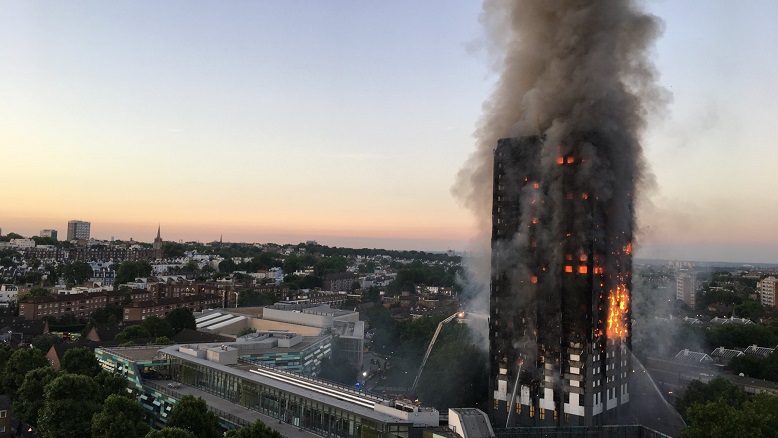
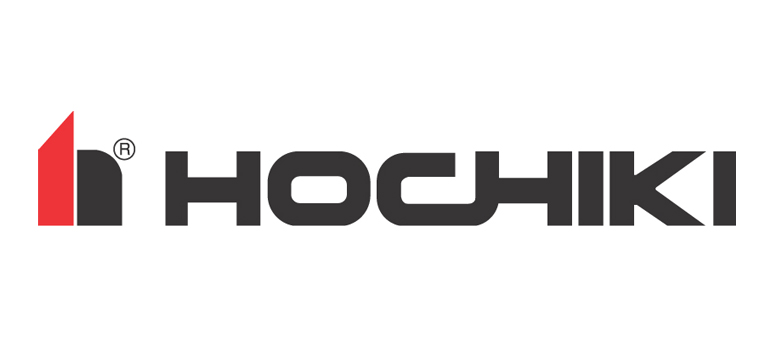
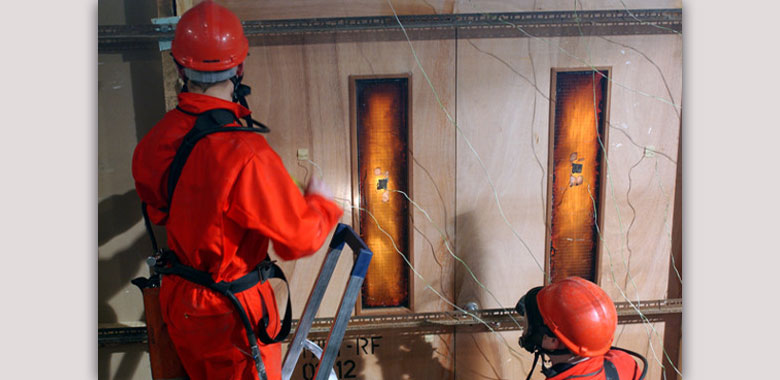
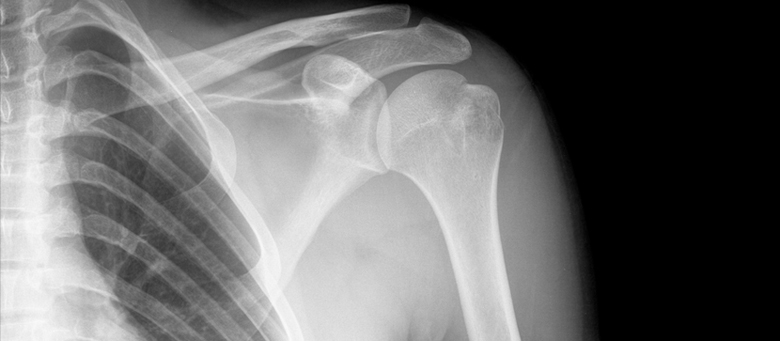



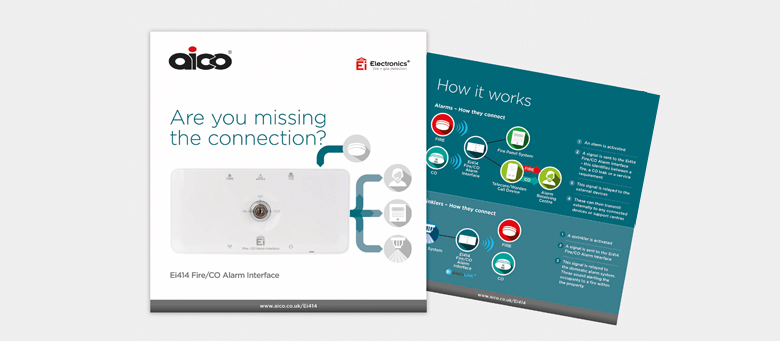



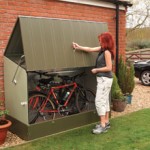
Leave a Reply
Want to join the discussion?Feel free to contribute!